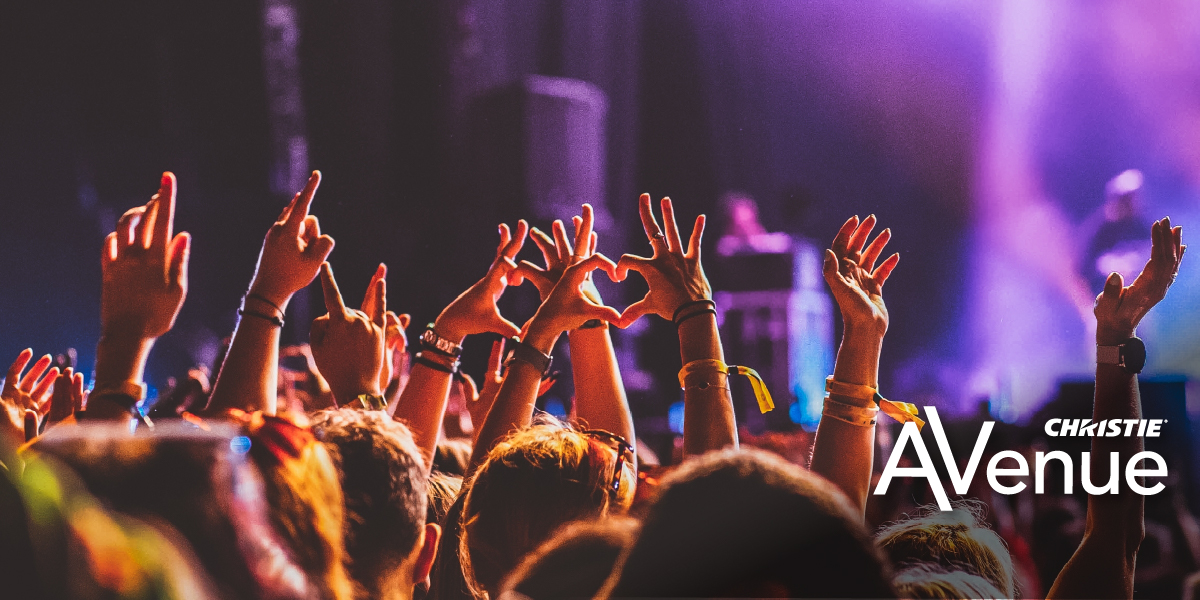Why entertainment in company is more entertaining

There’s nothing quite like a shared experience. Sharing is good, the theory goes, as are experiences, so putting the two together must be best of all. And much of the attraction of cinema and ProAV is rooted in the sharing of joy. We instinctively know things will be more fun together, that our senses will be heightened and our joy greater. That’s why the crowded places are good places for a good time, why a packed movie theatre buzzes more than a half-full house, and why a night out is a far bigger deal than a night in.
But why should that be? It’s relatively easy to understand why a good crowd at sporting or live music events can lift the whole experience. There’s a high degree of audience participation for a start, and you’re usually part of a vociferously partisan crowd gathered with the sole purpose of showing their support for that band or that team. Making some noise, waving some flags, and wearing the t-shirt are all part of the fun.
The answer is empathy
But we don’t do these things in cinemas. In cinemas, flag waving and shouting are more likely to result in ejection than affection. In England, for example, movie audiences are so buttoned-up that they rarely acknowledge the person in the adjacent seat. There’s usually a little armrest protocol to be negotiated in the first instance — and then nothing. You don’t even talk to your companions until you’re safely back in the lobby. And yet, watching a movie in a crowd is still undeniably more fun and joyous than watching one alone — or at home. How can that be? The answer is empathy.
As social animals, recognizing nonverbal emotional responses in others is a huge evolutionary advantage. If they’re afraid, there’s probably a good reason for you to be frightened, too. No sense in tigers eating both of you. But we share joy subliminally, too, and recent psychological research shows that the ability to share in each other’s joy may be socially more powerful than we’ve previously thought.
A feedback loop of positive emotions
“I like that you feel my pain, I love that you feel my joy” is a paper by M. R. Andreychik, published in the Journal of Social and Personal Relationships 36(3), 834-854. And although it deals primarily with interpersonal relationships rather than crowds, it argues that this kind of empathy is more powerful. So, it doesn’t matter if you’re sitting silently in a movie theatre, gasping quietly on a dark ride, or giving it full voice at a rock concert; other people’s joy actually feeds your joy. That’s why experiences we share can feel so much better than being alone: as everyone’s good feelings ricochet around the room, we experience a powerful feedback loop of positive emotions. And you don’t have to exchange a single word to make it happen.
There’s another multiplier effect at work here too, of course. The better the core experience, the more joy will be around for our empathy to work with. Better stories, better images, better sound aren’t just nice to have — they’re the seeds of immersive, joyous, and shared experiences. The better they are the more joyous the occasion. That’s why we at Christie keep doing what we do.






